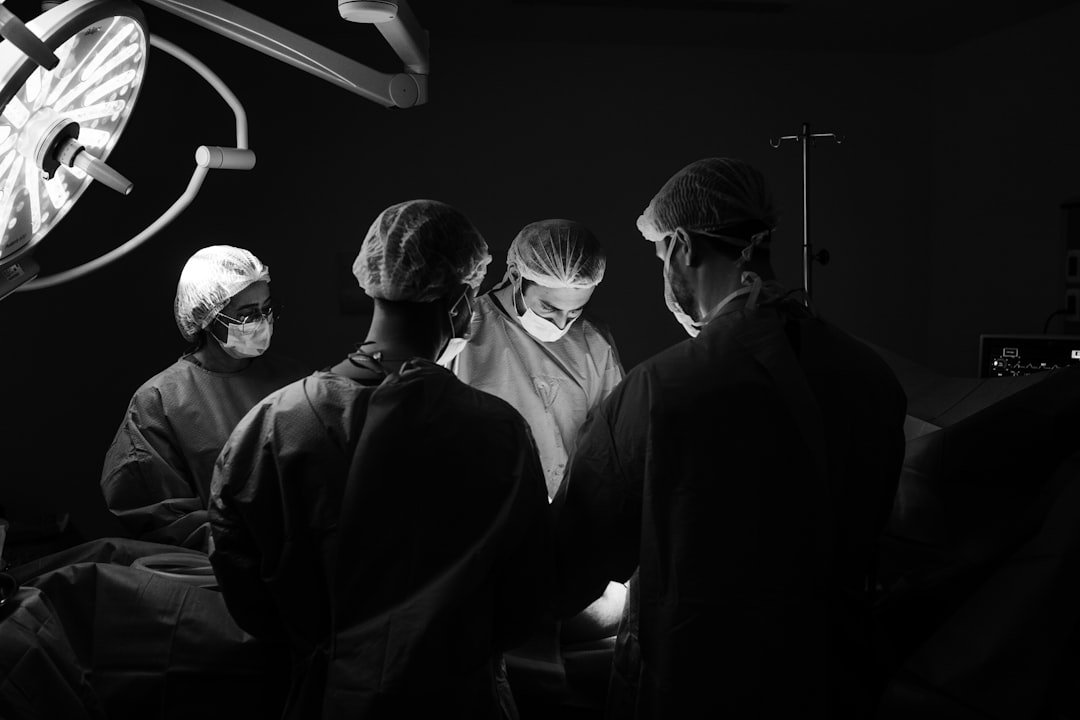On average, 1 in every 33 babies born in the US has a birth defect, according to the Centers for Disease Control and Prevention (CDC). Common causes of birth defects include, among others, genetics, infections, certain medications and chemicals, the age of the mother, and a lack of proper prenatal care. It is worth noting that most birth defects are irreversible. With that in mind, here’s a look at three common environmental birth defects.
Fetal Alcohol Syndrome (FAS)
The American Addiction Centers (AAC) advises mothers against drinking alcohol when pregnant. While some sources claim that alcohol may be safe in the early stages of pregnancy, this is not entirely true. In fact, for pregnant women, alcohol is generally a harmful drink that can cause multiple birth defects. More specifically, drinking alcohol can cause Fetal Alcohol Syndrome, a condition characterized by a flattened face, small head and body, low weight, retarded growth, and heart defects, among others.
Oral Cleft
Research by the National Center for Biotechnology Information (NCBI) links maternal smoking to cleft lips and cleft palate in newborns. This is a condition in which a baby is born with a split or cleft on the upper lip or/and the roof of the mouth. It basically originates from the failure of the mouth tissues to fuse in the third trimester of the pregnancy as required. While oral cleft is not necessarily a life-threatening condition, it can significantly affect hearing, speech, and feeding, among other functions. It is for this reason that the U.S. National Health Service (NHS) advises pregnant women against smoking.
Microcephaly
During pregnancy, every part of the fetus is supposed to grow, including the brain. As the brain grows in size, the head should also increase in size to accommodate this growth. In case you get exposed to ionizing radiation when pregnant, high chances are that the cells of the fetus will be affected. Specifically, the brain cells will be deformed, causing retardation or a halt in the growth of the brain. As a result, the baby will be born with a head that is smaller than usual, a condition referred to as microcephaly. Take note that exposing the fetus to 50 mGy or less radiation throughout the pregnancy should be safe, according to the US Nuclear Regulation Commission (NRC).
Conclusion
These are some of the common environmental birth defects in the US. To increase the chances of bearing a healthy baby, ensure you practice a healthy lifestyle throughout your pregnancy. Additionally, avoid using medications without a proper prescription from a qualified health professional.







